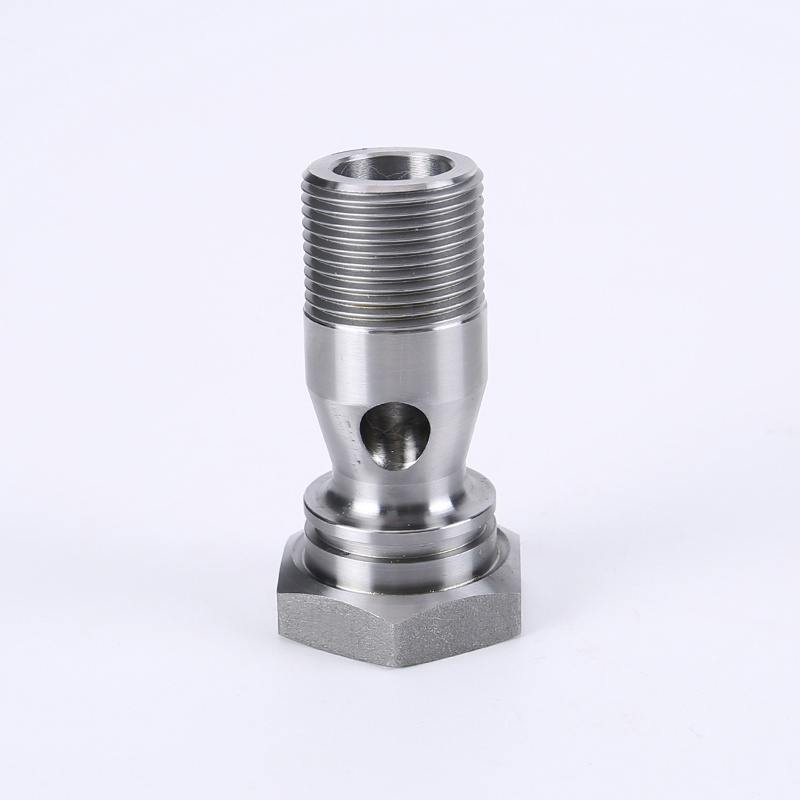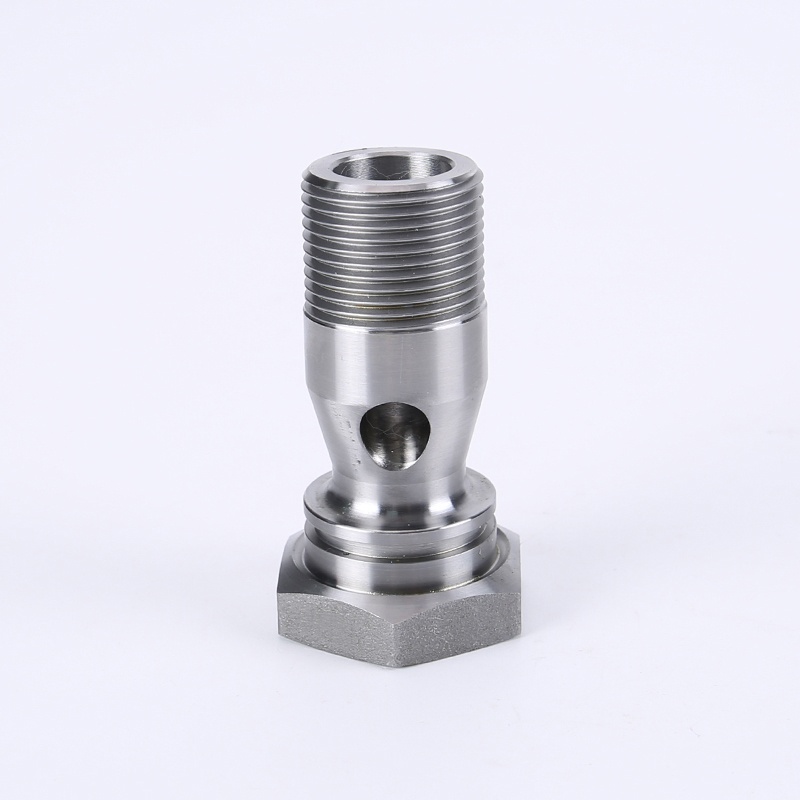What is Hydraulic Pipe Fitting?
2025-07-29
Hydraulic Pipe Fitting is a type of connecting component used to connect various pipelines, hoses, and other components in hydraulic systems. They are often constructed of stainless steel, carbon steel, or brass and can endure high pressure, high temperature, and corrosive environments, assuring the safe and smooth flow of hydraulic fluid throughout the system. Hydraulic pipe joints come in a variety of shapes and sizes, including straight connections, elbows, tees, and flanges, to meet a wide range of connection needs.
Choosing high-quality hydraulic pipe fittings is the key to ensuring the safe operation of hydraulic systems. It is because high-quality hydraulic pipes have strong sealing, high-pressure resistant design, easy installation, and wide compatibility.
In practical applications, users generally report that hydraulic pipe joints perform well in terms of connection stability and durability. Especially in scenarios that require frequent replacement of hoses or high-frequency operation, they can quickly lock and maintain a sealing effect for a long time, avoiding the inconvenience and risks of traditional welding or flange connections. Engineering personnel also stated that during long-term use, the joints are less prone to oil leakage or loosening, greatly improving production safety and equipment operation time.
In modern industry, hydraulic systems are widely used in fields such as mechanical manufacturing, construction engineering, mining equipment, and agricultural machinery. The importance of hydraulic pipe fittings as the core components for connection and sealing in the system cannot be ignored. Once the quality of the joint is not up to standard or the connection is not secure, it will directly lead to system failure, hydraulic oil leakage, and even personal injury. Therefore, selecting hydraulic pipe fittings that meet standards and have excellent performance is the fundamental guarantee for ensuring stable equipment operation, reducing accident risks, and extending system life.



























